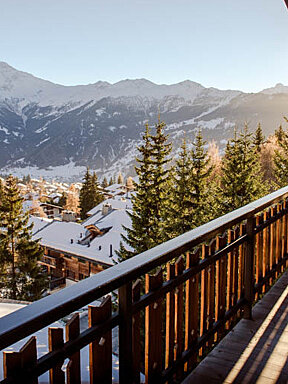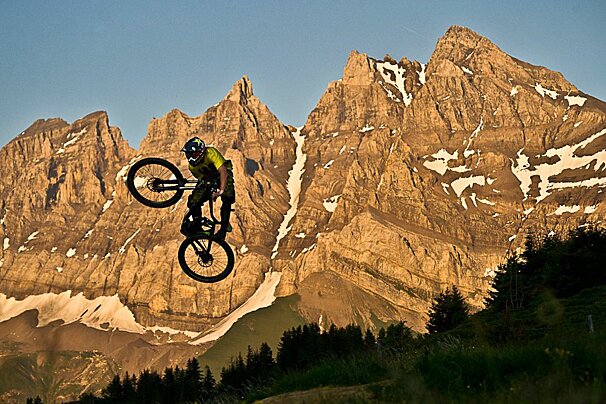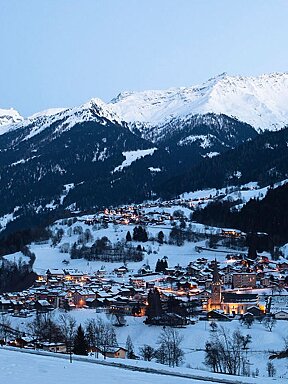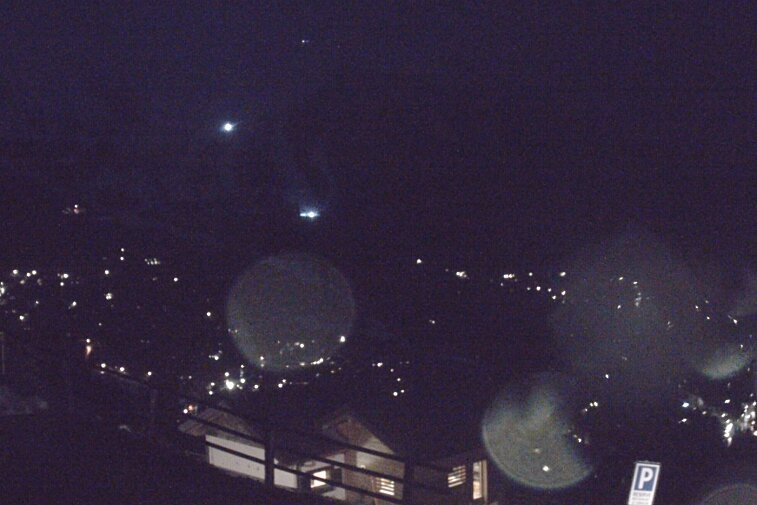
Interview with British Avalanche Victim Jamie Muncer
Young skier warns of the dangers of off-piste skiing without avalanche safety gear
24 year old Jamie Muncer was caught it an avalanche in Verbier on Sunday 9th December. A competent off-piste skier, he ventured out of bounds just above the Col de Mines itinerary run to find fresh powder. The slope was tracked and there were other people skiing in the same area. Assuming it to be safe, he skied down and was subsequently caught in an avalanche. Submerged beneath several metres of snow, he was airlifted to hospital and miraculously survived without any injuries. Verbinet.com reporter Angus Griffin caught up with him to hear about the experience and to find out more about the dangers of skiing in unmarked terrain.
Hi Jamie. Where exactly were you and who were you with and could you also tell me if you were wearing an avalanche transceiver?
JM: The avalanche occurred just above the Col de Mines itinerary run and I was with two of my housemates - my friend Dom and my girlfriend Floss. I’m not an expert skier but I’m fairly competent on most technical off-piste. None of us had transceivers with us.
So what actually happened?
JM: We traversed across to find some fresh powder as the main run was pretty busy. We followed someone else’s tracks to find a decent quiet line. The next thing I remember, Floss said “Oh sh*t watch out”. I didn’t have time to turn around and was hit by the wave of snow. I just fell, tumbling down the mountain. It seemed to go on for ages. The experience is similar to drowning, and every time I saw blue sky I tried to breath in. But with every tumble I had the air knocked out my lungs. I fell around 200m down the mountain and ended up buried for approximately 20mins (so I’m told).
What was the experience like? How did it feel being buried in snow?
JM: There was an eerie stillness and no noise. At this point I wasn’t very deep in the snow, maybe a metre or so. I tried to catch my breath but before I had a chance to move another wave of snow came over and buried me deeper. I must have been around three metres under. I had my hand in front of my face so I had a little bubble of air to breathe. I was panicking at this point and tried to slow down my breathing. The darkness was horrible so I just kept my eyes closed. This is the point I must have blacked out. When I came around I tried to get myself out of the snow. I could only move my right arm so I extended it upwards. I broke out of the more compact snow and felt the lighter powder on top. I tried to knock as much snow out of the way as possible to create a tunnel of air. Once I did this the panic started to ease and I waited to catch my breath. Then I dug again and managed to dig my head and shoulders out of the snow.
How did it feel when you were finally rescued?
JM: At this point my body was above the snow. There was some relief at this point as I wasn’t buried anymore. I still couldn’t move however, but I could now shout and wave which I did as much as I possibly could. I heard the helicopter propellers then saw the helicopter approach over the mountain. It went over my head and at first I thought it hadn’t seen me. It landed behind me however (I couldn’t turn my head) and the propellers kicked up a lot of snow. This was horrible as it started to bury me again. Eventually one of the brilliant mountain rescue guys approached me and started to dig me out. Although I felt fine he was quick to make sure I didn’t move in case there was any spinal damage. They put me on the spinal board and loaded me onto the helicopter. Although relieved I was still in a panic as I wasn’t sure if everyone else was ok. I kept telling them to keep looking and only found out everyone was ok when I arrived at Sion hospital.
Had you been sufficiently warned about the risks and do you think there were enough signs warning you of the dangers of going off-piste?
JM: There was an avalanche warning of 3 which I didn’t check. The fact that lots of people were skiing down that particular side of the mountain made me feel safe. However, I now realise this is a foolish philosophy as they’re most likely properly equipped [with avalanche safety gear and specialist knowledge] to deal with any disasters.
AG: What has this taught you about off-piste skiing and has the experience changed your mindset when venturing off-piste?
JM: The avalanche safety equipment saves lives if you know how to use it. I will now check the avalanche warning before skiing. The number for the rescue services is now saved into my phone and I’ll never ski off-piste on my own or ill-equipped. I was incredibly lucky to escape with no serious injuries, let alone my life.
Many thanks to Jamie for taking the time to answer our questions.
Off piste skiing and mountaineering can be extremely dangerous. We strongly advise hiring a mountain professional if you are thinking of heading into the backcountry.
We also recommend attending an avalanche safety course or at least increasing your awareness by going along to the free lectures run by Avalanche Academy at the Pub Mont Fort.
Be sure to always check your local avalanche bulletin before venturing off piste, make sure you have fresh batteries in your avalanche transceiver, and know how to use your safety equipment.




























